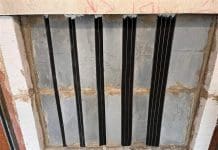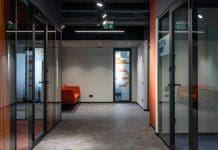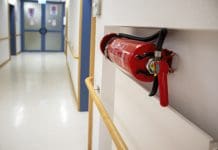BAFE explains why it is vital to have a fit-for-purpose detection system installed to prevent false fire alarms and how this reduces costs in the long term
The Unwanted False Alarm Signal (UFAS) investigation led by Assistant Chief Officer Lewis Ramsay (Director of Prevention & Protection, SFRS) reported that fire detection and alarm systems were responsible for a large number of false alarms, 293,100 of which were recorded in 2013-14. This resulted in an estimated cost for businesses of £1 billion a year, due to the disruption and loss of productivity. These false alarms also reduce the confidence of the general public and increasingly add to the poor attitude with a delayed reaction for fire alarm activations.
False alarm causes recorded in the greater Glasgow area between December 2014 and March 2015 included 325 faults, 116 accidental activations and 374 unknown (which could very likely include more faults, being the second highest statistic).
There is a video online titled ‘Human behaviour during a fire alarm’ that displays the current approach to how people react to an alarm without the obvious signs of smoke or fire itself. The complacency displayed to an actively sounding alarm shows how dangerous a fire could become. When people do not take any alarm activation seriously, it dramatically increases the possibility of being trapped in a burning building resulting in injury or death.
The design process for fire related systems should begin early in the development of a building. This will ensure the correct systems are in place to reduce these fault-related and accidental activations. With the reduction of these activations complacency for these will also be lowered, prompting a better response and call to action from people within the building.
The ongoing maintenance of any fire alarm system is also extremely important. Security systems are regularly switched off when opening the premises and switched on again when leaving, alerting you to any errors or issue with this system on a day to day basis. Fire systems, however, are on all the time – and sometimes overlooked. By making sure that everything is in order, there will be a much-reduced risk of false activations and that they will work at the most critical times to protect life and property.
Let’s not forget this is a major part of your responsibilities listed in UK fire legislation and the appointed responsible person to provide this has a duty of care to all staff and visitors to make sure the building is safe from fire.
How can I ensure my fire systems are correct for my building?
It is always strongly recommended to use third party certified providers for works that relate to life safety. More specifically, providers that are certified in the areas of fire safety that you require. In this circumstance, fire detection and alarm systems, BAFE offers certification in four areas of this process – design, installation, commissioning and maintenance. This acknowledges the different skills required to ensure a quality system.
The use of third party certified providers can help you display you have shown due diligence in your design and building development responsibilities for life safety.
Stephen Adams, BAFE Chief Executive, stated “the design process is a completely different skill to the maintenance of a fire protection system, and this should be recognised by the specifier before any works are carried out. While maintenance is an extremely important factor of any fire related system, the early stages of creating and implementing said system are just as important. The right systems in place will ensure the best level of protection for everybody”.
BAFE
info@bafe.org.uk


![[Video] Fireco: 80 new fire doors required for residential flats in London](https://www.pbctoday.co.uk/news/wp-content/uploads/2025/04/2024-06-01-Lords-view-one_1200x750_004-218x150.webp)

![[VIDEO] Making DorTrak reports easy to read with Fireco Inspecting fire doors at Fireco, firedoor technology, 2023](https://www.pbctoday.co.uk/news/wp-content/uploads/2024/04/JPZ_2364-web-218x150.jpg)








